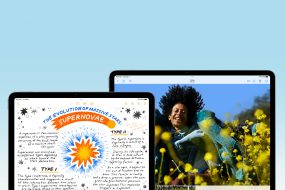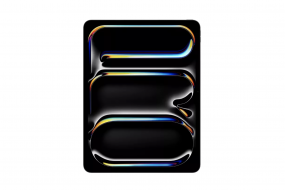In 2025, Apple released a special new product — the iPhone Air, which became the thinnest in the company’s history. You can easily distinguish it from other models: the body appears miniature despite its 6.5-inch diagonal, and it features a single camera sensor on the wide panel on the back. In this article, we will discuss the features of the iPhone Air in more detail, as well as the advantages and disadvantages of this new product from 2025.
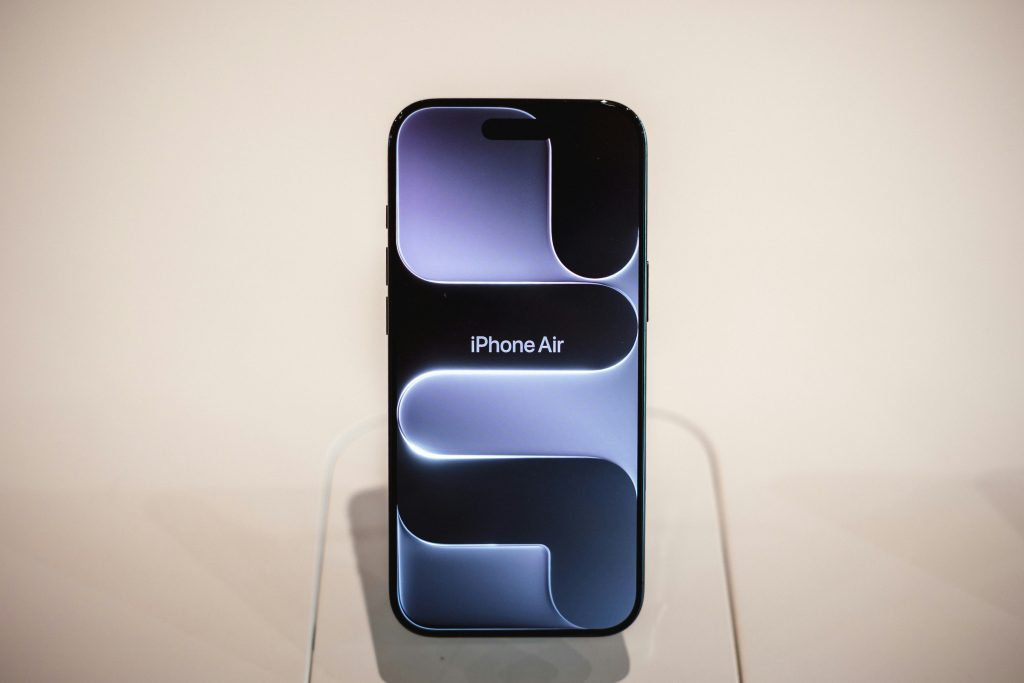
Table of contents
The Thinnest Body in iPhone History
When comparing the design of the iPhone Air with other models from the same year, the difference is immediately noticeable. The thickness of the body in the new model is only 5.6 mm, while the iPhone 17 is almost 8 mm thick — you can feel the difference right away. However, the Air Series is 0.2 inches larger than the base model in terms of diagonal size.
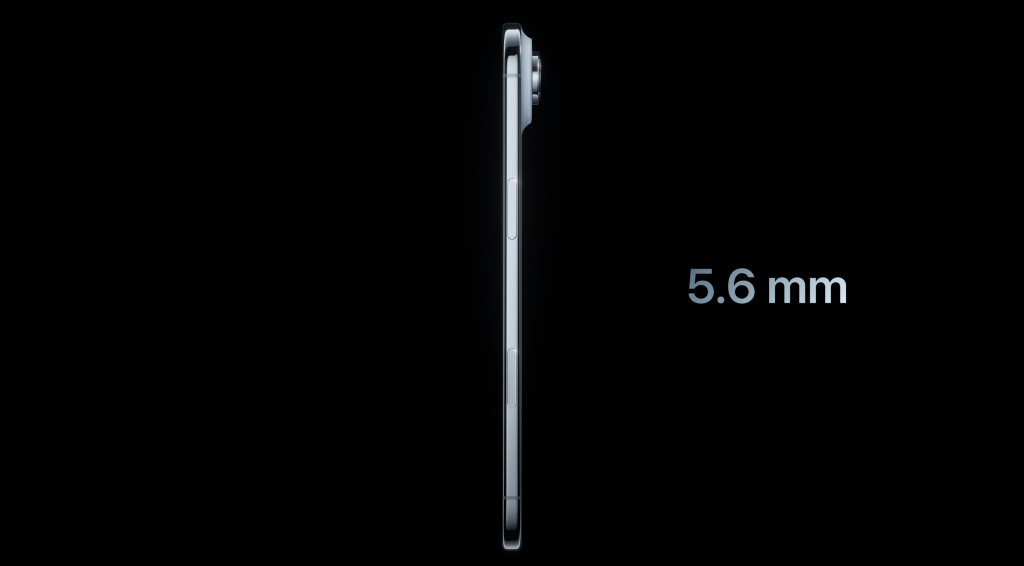
Although Apple can boast of other slim gadgets, the new 2024 iPad Pro 13 M4 is only 5.1 mm thick.
The frame is made of grade 5 titanium, making the phone particularly durable for its thickness. A wide camera block is located on the back panel. There is also space for a chip. The speaker (there is only one, by the way) is located above the Dynamic Island panel. This design freed up space for a high-capacity battery without sacrificing performance. There is an action button and a camera controller on the side panels.
The display is covered with Ceramic Shield 2, a new generation that is three times more scratch-resistant. The previous version of the protective coating has been added to the rear panel, the same solution found in the iPhone 17 Pro. However, the color options for the iPhone Air differ from the other models in this presentation: Sky Blue, Light Gold, Cloud White, and Space Black.
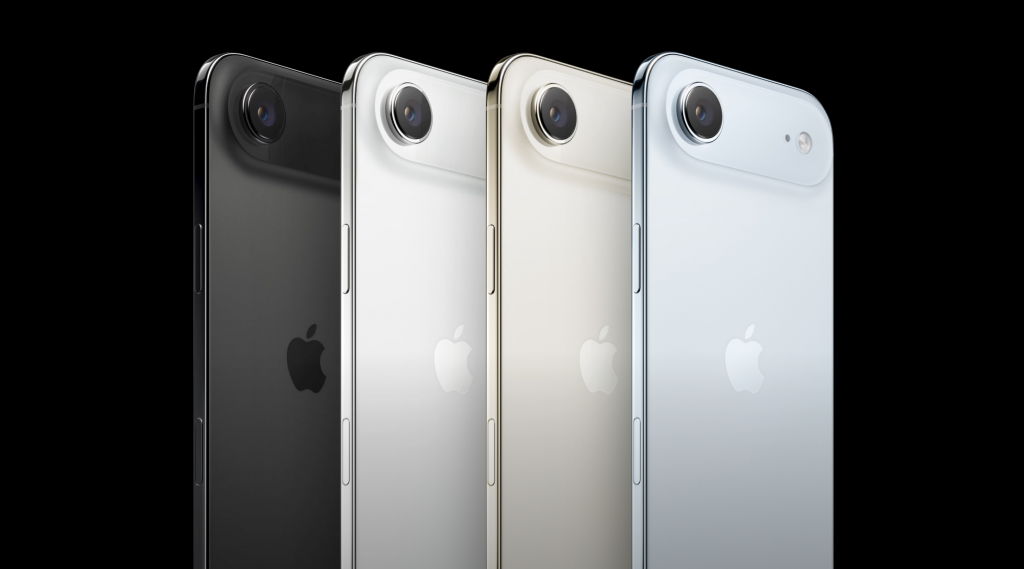
High-Quality Display
The iPhone Air uses a Super Retina XDR display with ProMotion adaptive refresh rate technology. Now, not only in professional versions, the system itself changes the refresh rate from 1 to 120 Hz, adjusting to your actions. Other features:
- OLED matrix;
- dynamic island;
- Always-On technology;
- True Tone function.
The screen content is easy to see in the sun — the peak brightness of the display is 3000 nits, while the iPhone 16 reaches 2000 nits.
New Cameras
The iPhone Air features a 48 MP Fusion camera system that combines the functionality of four lenses. You can change the focal length in the camera settings and still get high-quality images.
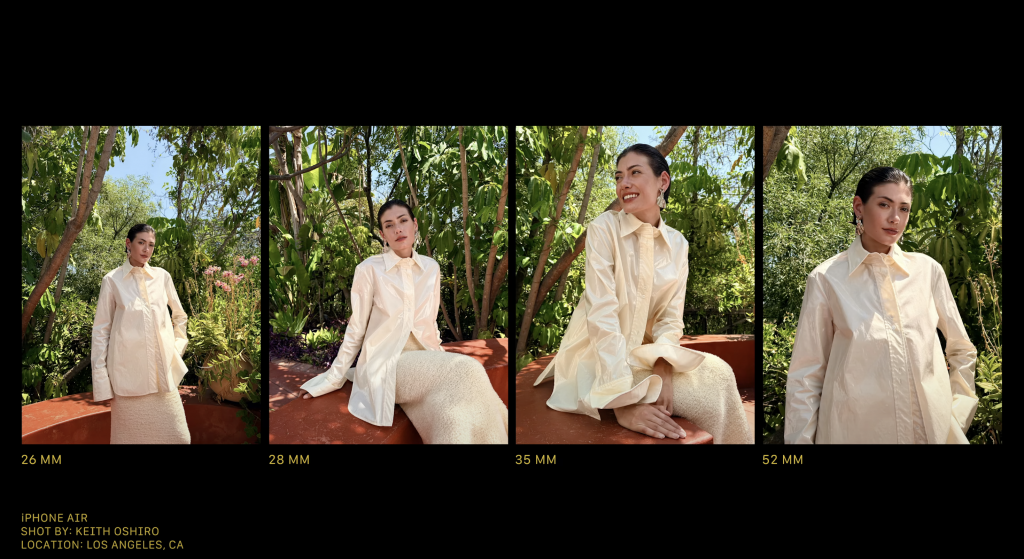
Thanks to the Quad-Pixel sensor, images are clear even in low-light conditions. And with 2x optical zoom, you can zoom in on objects in your photos without losing quality.
The front camera has also changed — it now features an 18 MP Center Stage, as in all new models released in 2025. The main innovations are:
- with the square sensor, you can take horizontal photos without turning your smartphone upside down;
- for group selfies, AI widens the viewing angle so that everyone fits in the frame;
- with Dual Capture, you can shoot simultaneously with the main and front cameras.
The iPhone Air specifications also include a new photo processing pipeline. When you take a regular photo, the system remembers the depth data, and when viewing, you can turn any image into a portrait.
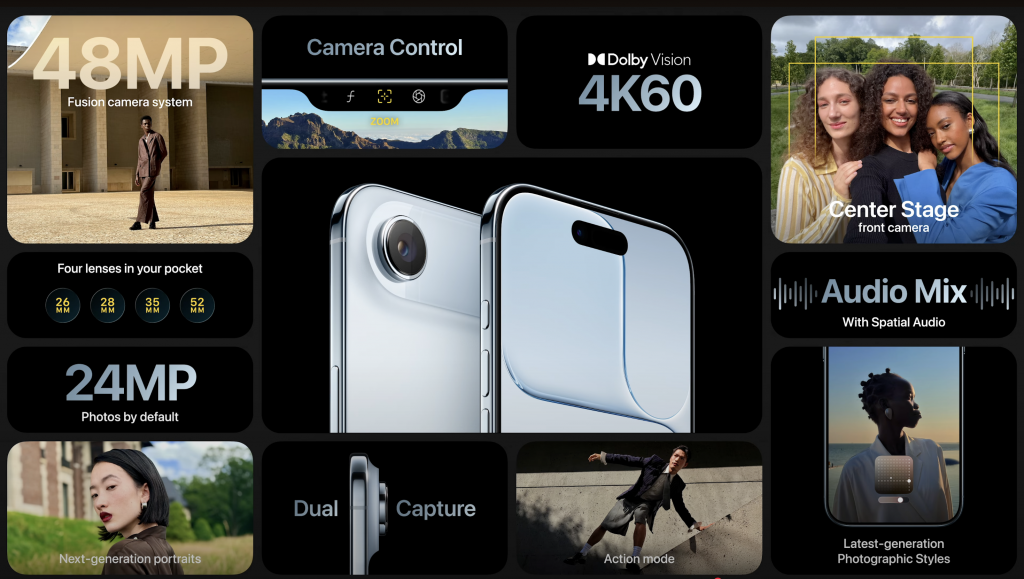
Performance at the Highest Level
With the new A19 Pro processor and other chipset components, developers have turned the iPhone Air into the most energy-efficient smartphone in the company’s history. The processor is similar to the model used in the professional version, but here there are 5 GPU cores instead of 6. The chip can handle heavy applications, AAA games, editing, and graphics processing. And reviews of the iPhone Air confirm that the body remains at a normal temperature despite the load.
The N1 chip supports Wi-Fi 7, Bluetooth 6, and Thread, and improves AirDrop and Hotspot. With the new C1X modem, mobile networks run twice as fast. At the same time, the phone consumes 30% less energy.
Battery and Optimization
The iPhone Air has up to 27 hours of battery life when playing videos. The iPhone 17 has up to 3 hours more battery life. However, the new model has improved software optimization algorithms. You can also use the iPhone Air MagSafe Battery, a thin and lightweight power bank that quickly charges your smartphone.
The new version of iOS 26 supports this trend with the addition of an adaptive power consumption mode. The system analyzes your behavior and can predict when the battery will run out. Based on this data, the system distributes the load on the battery so that the phone will last until the end of the day.
Exclusively eSIM
In the iPhone Air, the SIM slot has been completely replaced by eSIM to save space in the body. There are several reasons to switch to a built-in SIM card: the technology is better protected, the connection is more stable, and it is more convenient to choose operators.
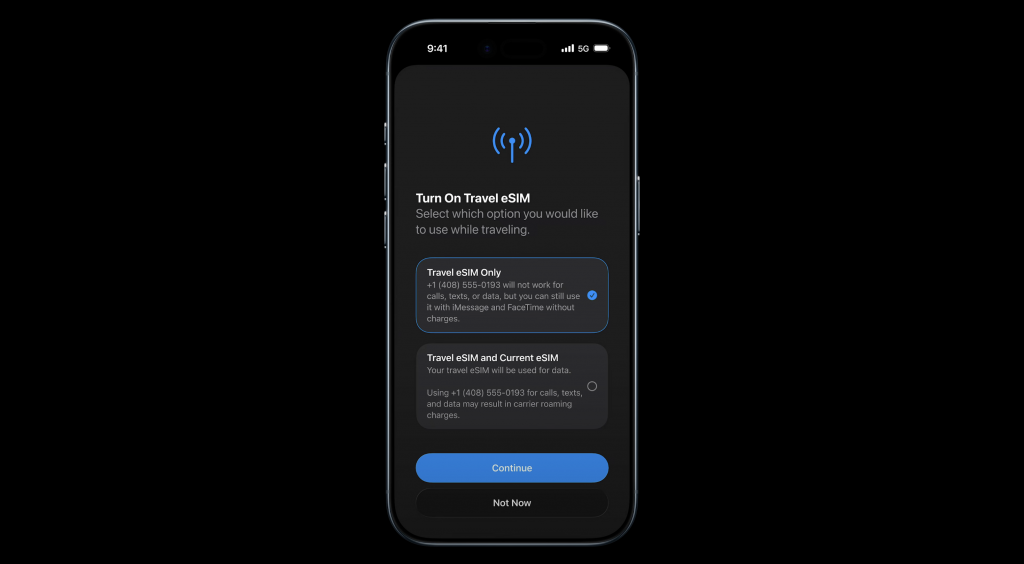
There are more than 500 operators worldwide that support the transition to eSIM, so this will not be a problem in Azerbaijan. The technology is also convenient for tourism and business trips abroad.
Conclusion
A slim body and powerful hardware are the main advantages of the iPhone Air. The smartphone takes good photos, easily handles resource-intensive tasks, and fits comfortably in your hand.
You can personally test the gadget at iSpace brand stores in Baku — all the latest iPhone models are on display. There, you can also learn more about the technical specifications and check the current price of the iPhone Air. On the website, you can compare the iPhone Air vs. the iPhone 17 or any other models — there is a convenient option for this.
If you want to upgrade your gadget, we have several payment options, including installment plans and Trade In. And when ordering online, delivery is available throughout Azerbaijan.
Check out more
Which is Better: iPhone 17 or 17 Pro
Apple iOS 26: The Best Operating System Updates
Apple’s 2025 Showcase: What Surprises Did Apple Unveil This Time?
Subscribe to the newsletter and be the first to know about new promotions and special offers from the store!





